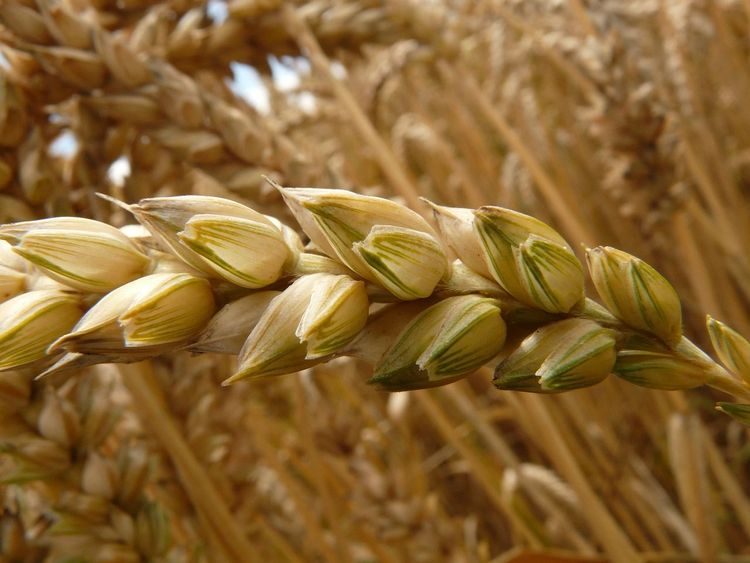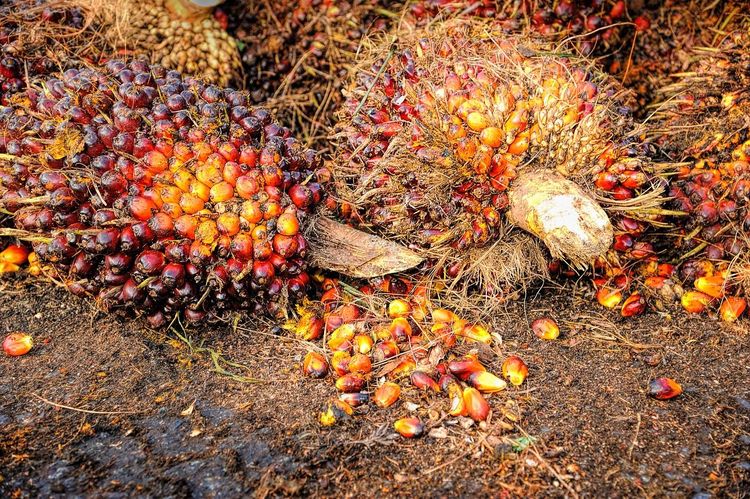Australia, India Canola Crops to Boost Global Vegoil Supplies
Australia’s forecasted record canola production and India’s increase in planted area to the crop look set to boost global vegetable oil supplies.
At a time when global production of vegetable oils has grown more slowly than consumption, bigger canola harvests in Australia and India could provide relief for edible oil users worldwide.
While vegetable oil prices have retreated from the record highs seen earlier last year, they are still well above historical averages. Rapeseed is known as canola in its genetically modified form.
Australia’s current canola harvest is forecast to exceed last year’s record crop by 4%, helped by an 11% acreage expansion, according to data from government agency ABARES. The crop, which is currently being harvested, benefited from favorable growing conditions. Gro’s vegetative health index, weighted for acres in Australia planted to canola, was close to the highest level in more than two decades throughout the season, as shown in this Gro display.
In India, where farmers are finishing planting the rapeseed crop now, a projected 5% increase in planted area could also lift production above last year’s levels. Growing conditions in India also are looking favorable, as seen in this Gro display, ahead of the harvest which begins in March.
The two countries are among the world’s top producers of rapeseed/canola, and Australia is a major exporter. Since India is the world’s largest importer of vegetable oils, a larger domestic oilseed crop could reduce the country’s reliance on imports.
Rapeseed/canola oil is one of the major edible oils, along with palm, soybean, and sunflower oils. Vegetable oils are generally interchangeable, and a shortage of one type exerts price pressure on the others. Edible oils have myriad uses for both food and industrial purposes, including manufacturing of biofuels.
Global vegetable oil production fell in 2021 from a year earlier, and in 2022 it has still not caught up with 2020 levels, due to consecutive years of poor growing conditions due to La Niña and the Russia-Ukraine war. Over that same two-year period, worldwide vegetable oil consumption has risen 2.25%.
As a result, worldwide edible oil production this year is critically important to maintaining sufficient supplies.
Palm oil supplies are plentiful, as La Niña tends to boost palm yields in Indonesia and Malaysia, as Gro wrote about here. Meanwhile, Gro’s forecast models show that South America’s soybean crops are off to a mixed start, with Brazil headed for a record harvest while Argentina looks set to post a sharp decline, as Gro wrote about here.
 Insight
InsightImproved Conditions Boost Prospects for India’s Upcoming Wheat Harvest
 Insight
InsightPalm Oil Production Set to Rise as Crop Dodges the Impact of El Niño
 Insight
InsightUSDA Further Trims Brazil Corn and Soybean Production Forecasts
 Insight
Insight

 Search
Search